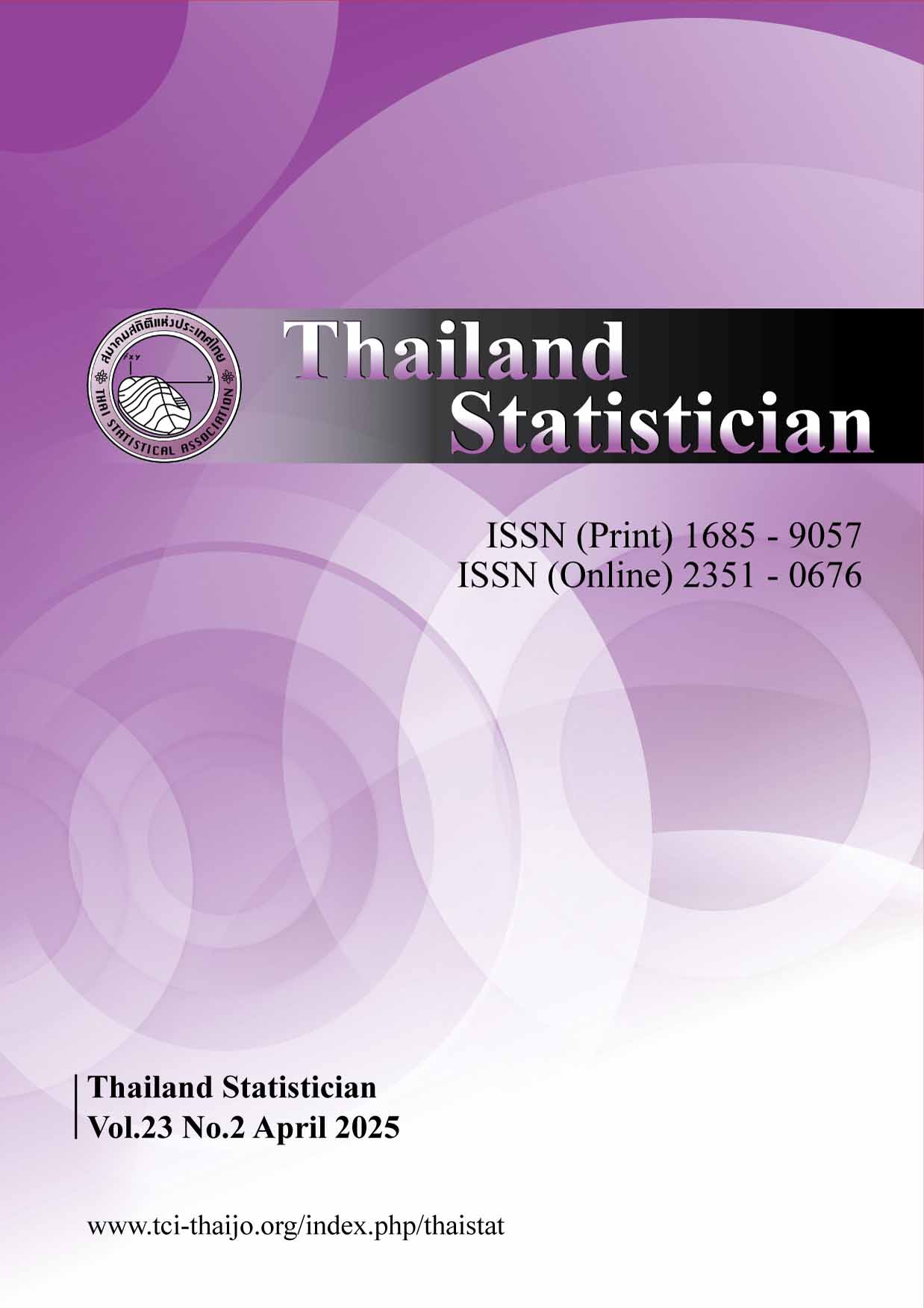Estimation of Population Mean in the Presence of Non-Response for Time-Based Surveys
Keywords:
HEWMA, prior information, variance, study variable, simulation studyAbstract
An estimate of the location of a distribution is the most fundamental type of inference about a population. Consequently, obtaining more accurate estimators of the population mean of interest is essential in every statistical estimating technique. Survey statisticians most often use priori information at an estimation stage to form an estimator for estimating parameters. In this study, we suggested an estimator for the population mean in the presence of non-response utilizing information from the past surveys along with information available from the current surveys in the form of a hybrid exponentially weighted moving average. We obtained the expressions of the suggested estimator's mean and variance and established the mathematical conditions to demonstrate the efficiency of the suggested estimator. We supported the theoretical outcomes with the help of a simulation study and a real-life example. The results show that the utilization of information from past surveys along with the current surveys improves the efficiency of the suggested estimator. For example: in the simulation study, for a sample size n=(50, 100) at the non-response rate (=0.20, 0.15) and weights
(0.10) and
(0.15) to the current and past observations, variances of the suggested estimator were 0.000683, 0.000559; 0.000635, 0.000309), which were less than (0.020944, 0.009756; 0.020024, 0.008920) of the existing Hansen and Hurwitz (1946) estimator. Similarly, in the empirical study of the real-life dataset, for the sample number
(=6) having size n (=6) at
(=0.30, 0.25),
(=0.10) and
(=0.15), variances of the suggested estimator were (0.74, 0.71), which were significantly less than (95.12, 90.65) of the existing Hansen and Hurwitz (1946) estimator. The suggested work is limited to the homogeneous population only.
References
Ahmed S, Shabbir J, Hafeez W. Hansen and Hurwitz estimator with scrambled response on second call in stratified random sampling. J Stat Appl Probab. 2016; 5(2): 357-369.
Chhaparwal P, Kumar S. Improving efficiencies of ratio- and product-type estimators for estimating population mean for time-based survey. Journal of Reliability and Statistical Studies. 2022; 15(1): 325–340.
Hafeez W, Shabbir J. Estimation of the finite population mean, using median based estimators in stratified random sampling. J Stat Appl Pro. 2015; 4(3): 367-374.
Hansen MH, Hurwitz WN. The problem of non-response in sample surveys. J Amer Stat Assoc. 1946; 41(236): 517-529.
Haq A. A new hybrid exponentially weighted moving average control chart for monitoring process mean. Qual Reliab Eng Int. 2013; 29(7): 1015-1025.
Haq A. A new hybrid exponentially weighted moving average control chart for monitoring process mean: discussion. Qual Reliab Eng Int. 2017; 33(7): 1629-1631.
Noor-ul-Amin M. Memory type ratio and product estimators for population mean for time-based surveys. J Stat Comput Simul. 2020; 90(17): 3080–3092.
Sharma V, Kumar S. Estimation of population mean using transformed auxiliary variable and non-response. Investigación Operacional. 2020; 41(3): 438-444.
Sharma V, Kumar S. Class of ratio-cum-product type estimator under double sampling: A simulation study. Thail Stat. 2021; 19(4): 734-742.
Singh S. Advanced sampling theory with applications. Dordrecht: Springer Dordrecht; 2003.
Yadav SK. Modified searls predictive estimation of population mean using known auxiliary character. Thail Stat. 2022; 20(1): 53-65.
Downloads
Published
How to Cite
Issue
Section
License

This work is licensed under a Creative Commons Attribution-NonCommercial-NoDerivatives 4.0 International License.



